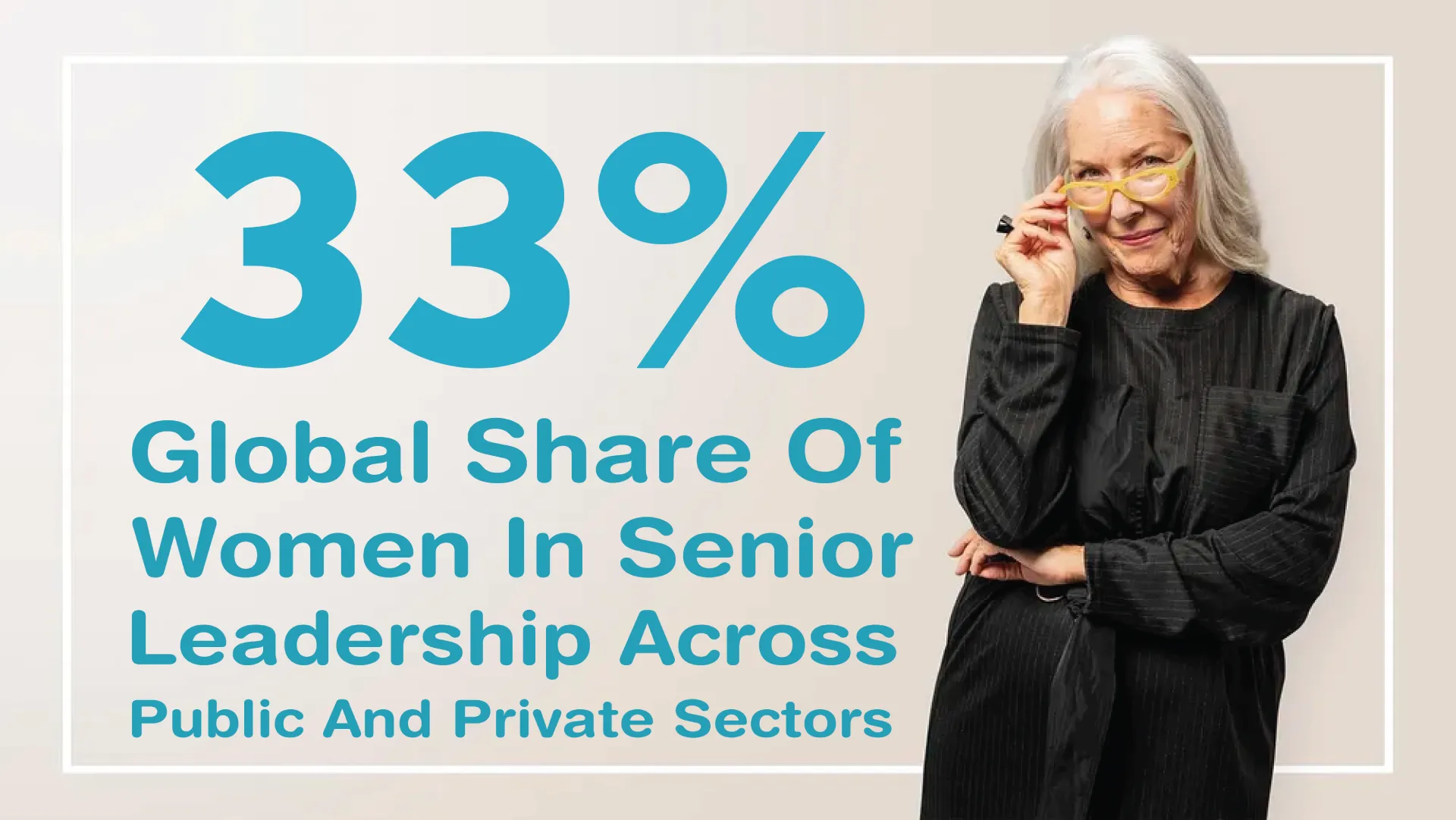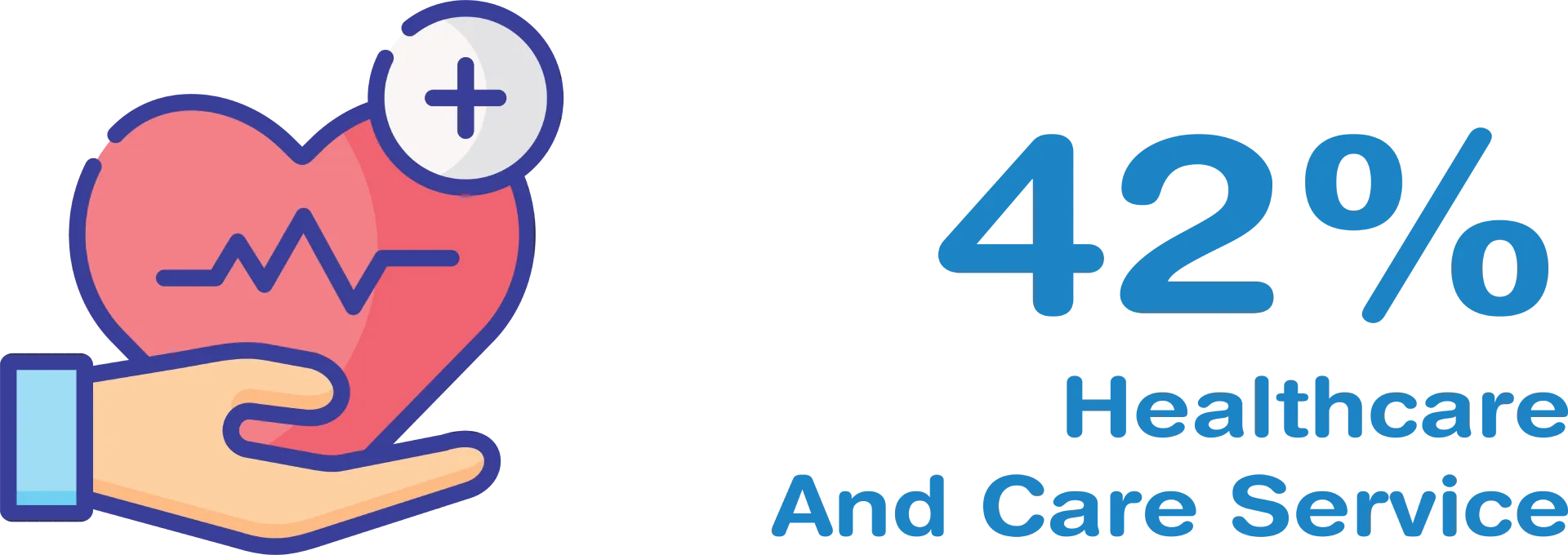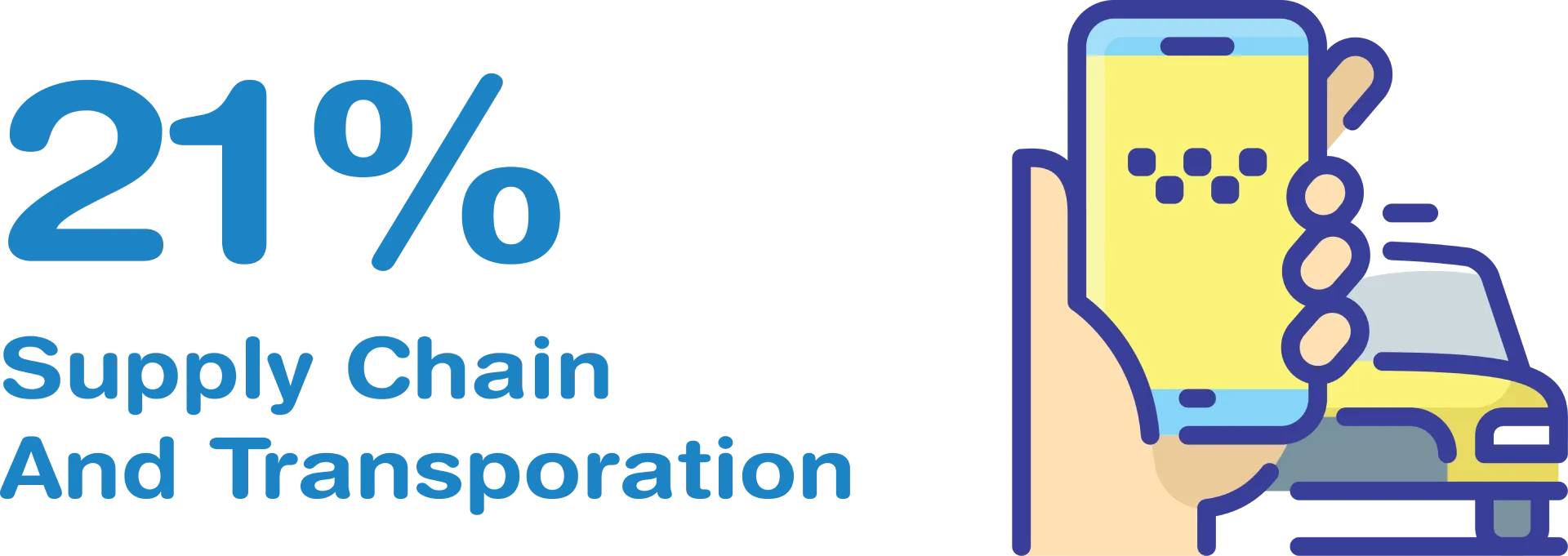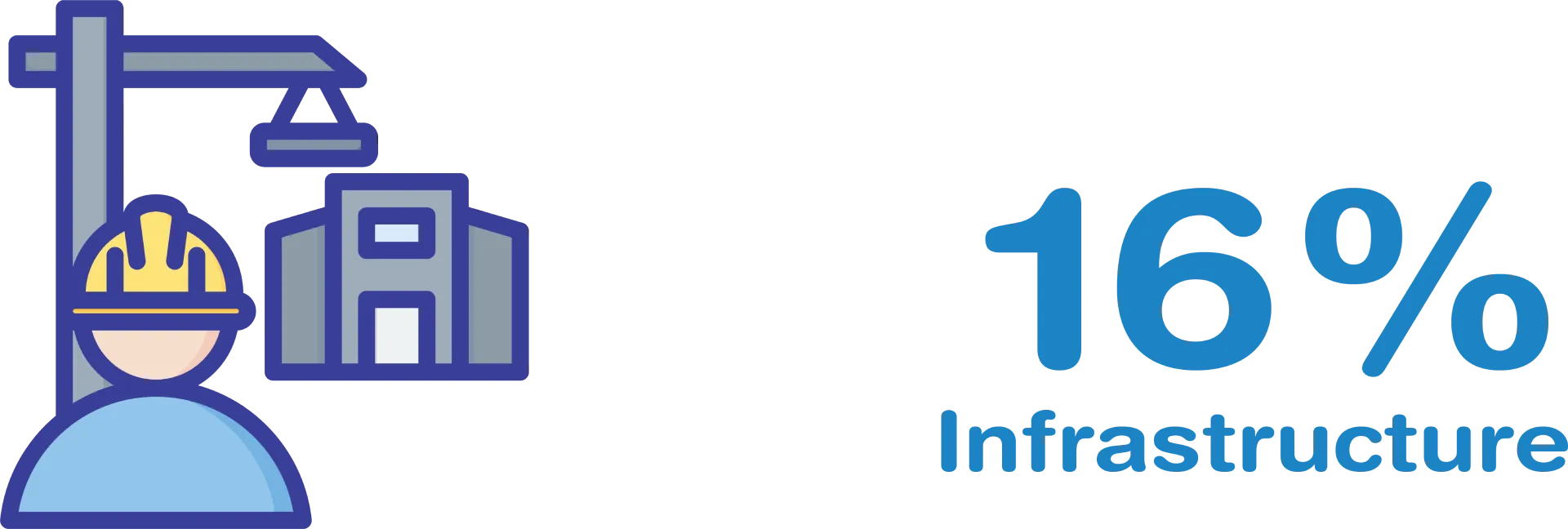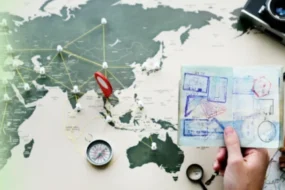- Home
- Social Cause
- Is The World Any Closer To Ach ...
Is The World Any Closer To Achieving Gender Equality
Key Findings from the 2022 Global Gender Gap Index
21-Feb-2023
According to the latest data on the global gender gap, the overall gap has been closed by 68.1% in 2022, with an estimated 132 years needed to reach full parity based on the current rate of progress. Although there has been a slight improvement of four years compared to the 2021 estimate, progress towards closing the gender gap has stalled in most countries.
Out of the 145 economies covered in the report, only 30 countries have registered progress in closing the gender gap by at least 1 percentage point. Meanwhile, 57 countries have made marginal progress, closing their gender gaps by less than 1 percentage point. 12 countries have reversed their gender gaps by more than 1 percentage point, and 46 countries saw a marginal decline of less than 1 percentage point.
Most countries are clustered around the 2022 average score (0.681), with two clear outliers: Afghanistan (146th, 0.435), which trails behind every country on almost every subindex, and Iceland (1st, 0.908), which leads this year’s ranking.
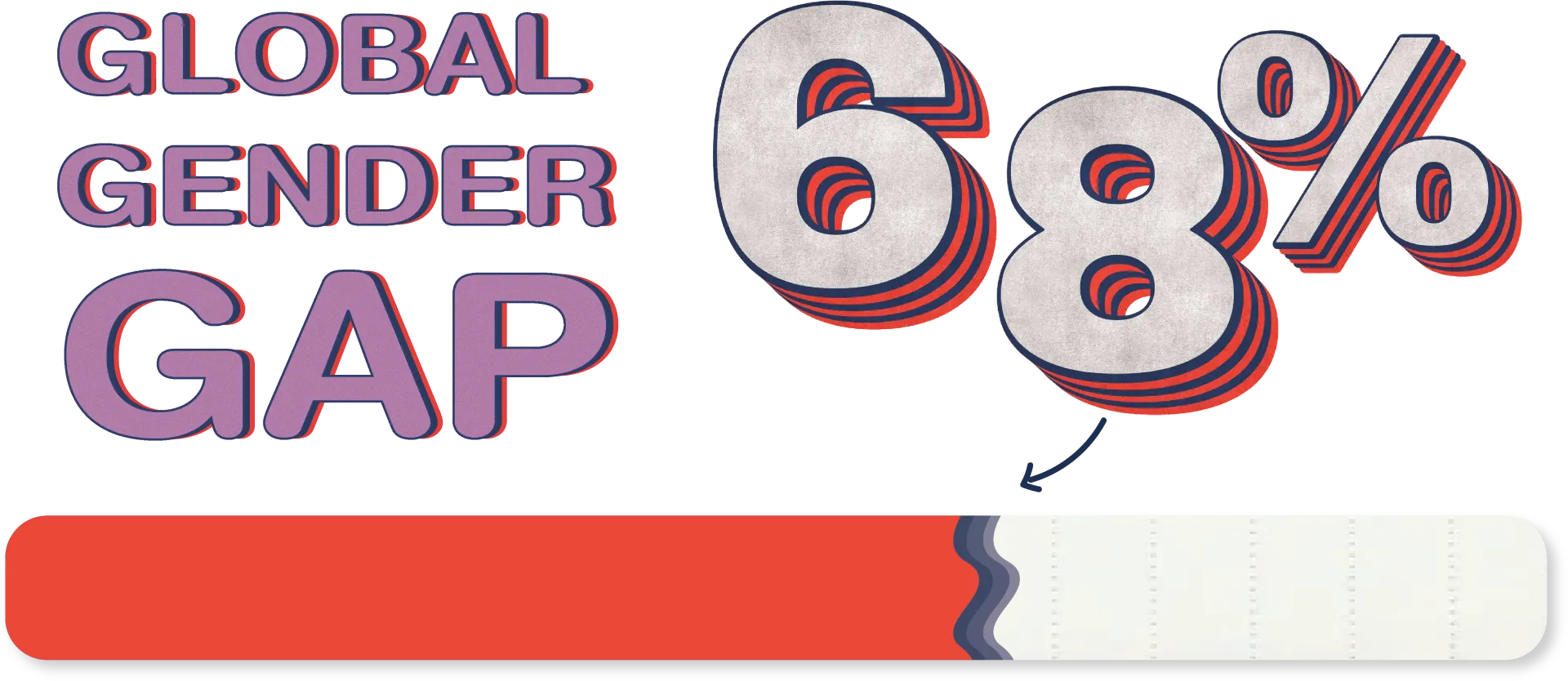
The Gender Gap Index for 2022 shows that the Economic Participation and Opportunity subindex increased from 58.7% to 60.3%, and the Health and Survival subindex rose from 95.7% to 95.8%. The Educational Attainment subindex fell from 95.2% to 94.4% while Political Empowerment remained the same, at 22%.
The Economic Participation and Opportunity subindex shows increased deviation from last year between economies, with the lowest standing at 18% (Afghanistan) and the highest at 88% (Lao PDR), suggesting that global economic parity is highly unequal between economies.
The Educational Attainment subindex shows that country performances varied between rates ranging from 48% to 100%. On this subindex, 29 countries reported full gender parity.
The Health and Survival subindex demonstrates the most egalitarian overall performance, with the least amount of dispersion and the smallest reported global gender gap. Across the entire index, 141 countries across all regions have closed at least 95% of their Health gender gaps.
The Political Empowerment subindex shows no overall progress against last year, with virtually no change in the indicators that constitute it. This subindex also manifests the largest remaining gender gap of all subindexes with a global average score of 0.22, as well as the widest range of dispersion among countries.




The Gender Gap Index for 2022 shows that no country has yet achieved full gender parity. However, the top 10 economies have closed at least 80% of their gender gaps, with Iceland leading the global ranking at 90.8%. Other Scandinavian countries such as Finland, Norway, and Sweden feature in the top 5, with additional European countries such as Ireland and Germany in 9th and 10th positions, respectively. Sub-Saharan African countries Rwanda and Namibia, along with one Latin American country, Nicaragua, and one country from East Asia and the Pacific, New Zealand, also take positions in the top 10. Nicaragua and Germany are the new entrants in the top 10 in 2022, while Lithuania and Switzerland drop out this year.

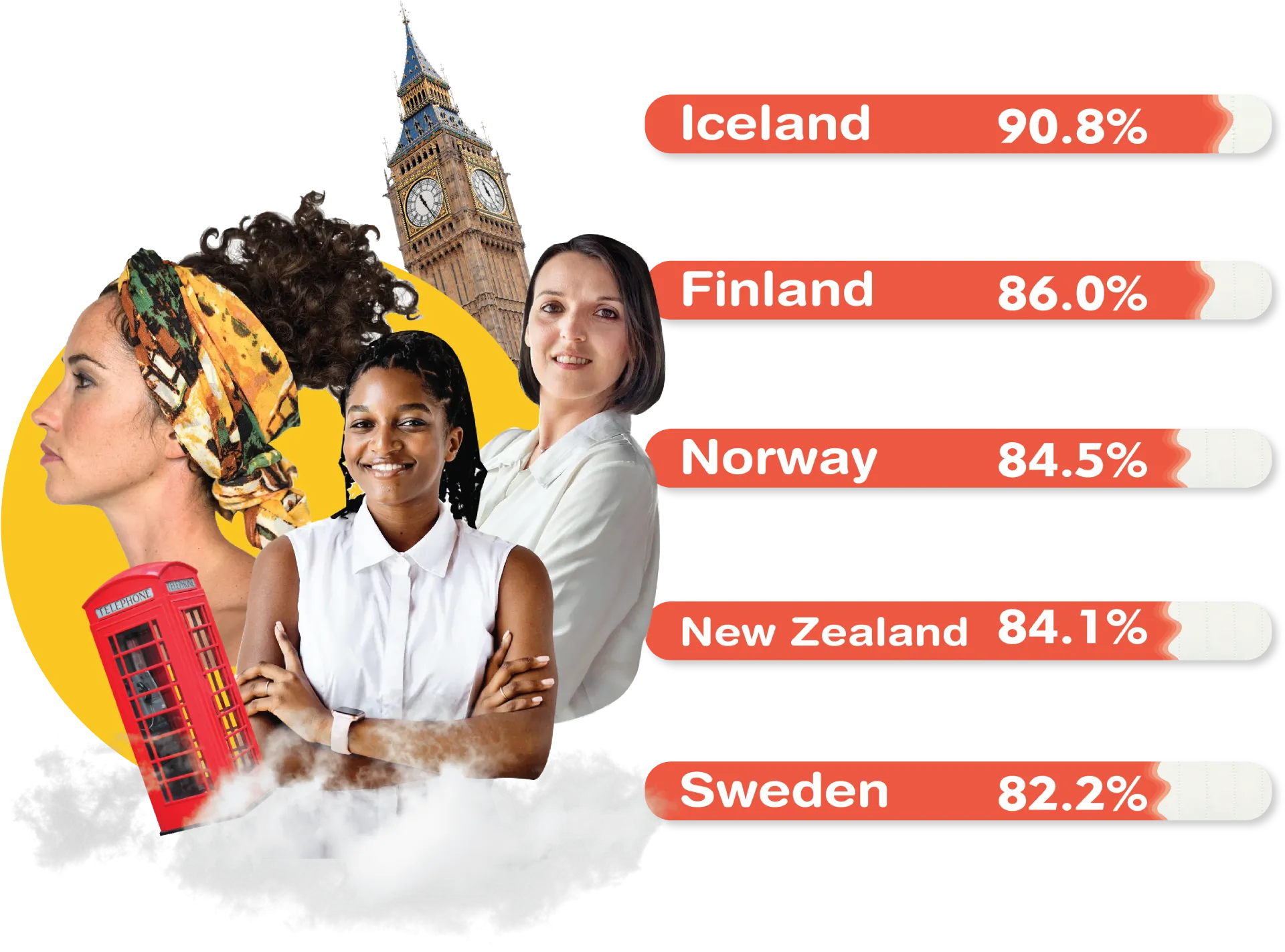
North America has closed 76.9% of its gender gap, making it the most advanced region in terms of closing the gender gap. Europe is a close second, having closed 76.6% of its gap. Latin America and the Caribbean are in third place, having bridged 72.6% of their gender gap. Central Asia, along with East Asia and the Pacific, are towards the middle, at 69.1% and 69%, respectively. Sub-Saharan Africa stands at 67.8% in sixth place. The Middle East and North Africa have closed 63.4% of their gender gap, trailing over four percentage points behind Sub-Saharan Africa. Lastly, South Asia reports the lowest performance, having closed 62.4% of its gender gap in 2022.
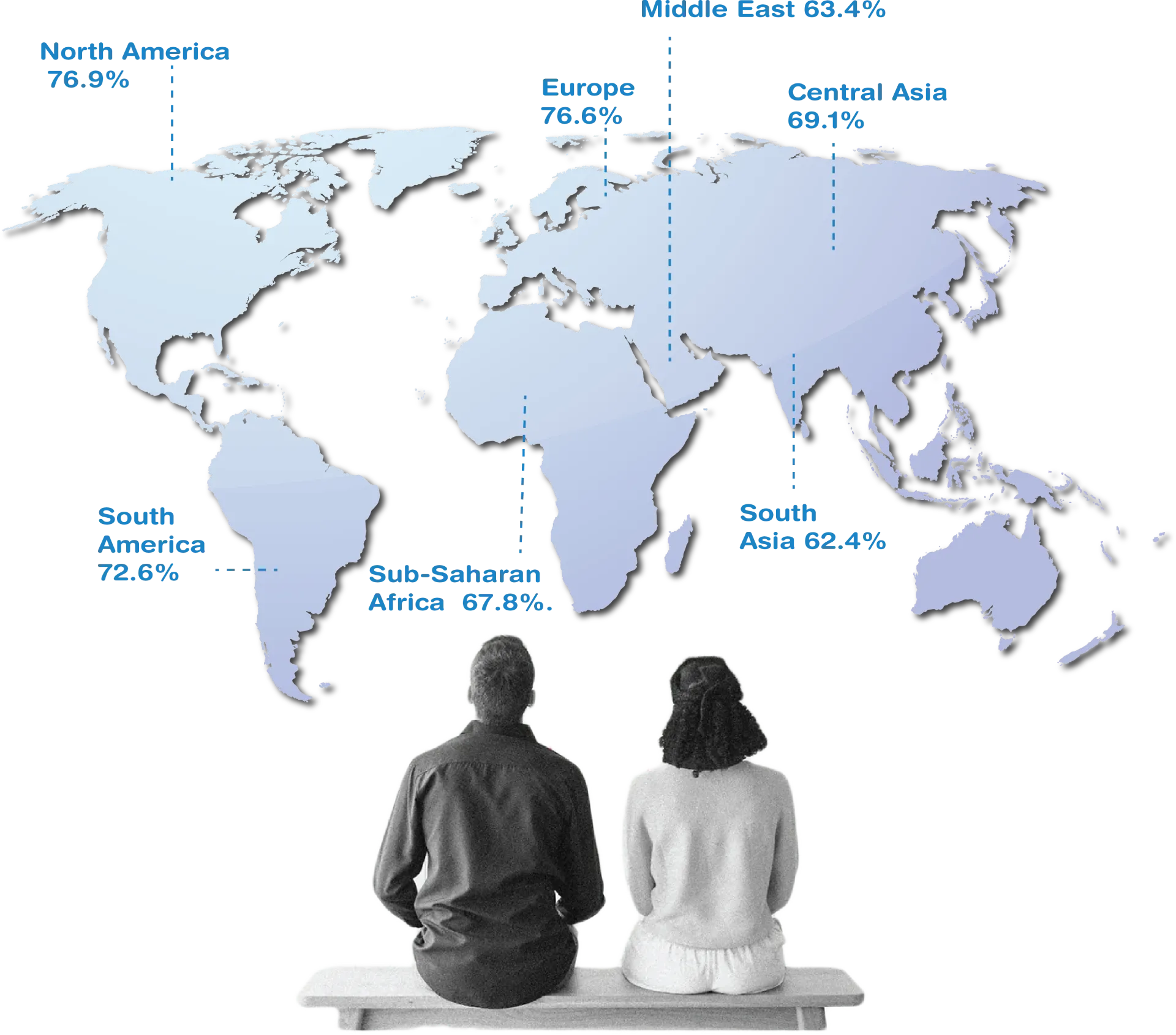
The 2022 index results show that the pandemic and broader disruptions to the labor market have continued to affect gender gaps in the workforce. Many factors drive and affect gender gaps, including longstanding structural barriers, socioeconomic and technological transformation, as well as economic shocks. While more women have been moving into paid work and leadership positions; societal expectations, employer policies, the legal environment, and the availability of care continue to play an important role in the choice of educational tracks and career trajectories.

High-frequency LinkedIn data for 22 countries shows that women have been establishing businesses at a slightly higher average rate than men in recent years. The share of women founders has doubled in the past five years, while the share of men founders has increased by 55%.
During the pandemic, the number of unicorn companies owned by women increased nearly five-fold, from 18 in 2020 to 83 in 2021.
However, the dollar investment in women-owned businesses still represents a minor share of the amount directed towards men-founded businesses. In 2019, the percentage of total investment in all female businesses was 3%, having dropped 4% from 2018. In 2020, that number decreased further to 2% and remained at 2% in 2021.
